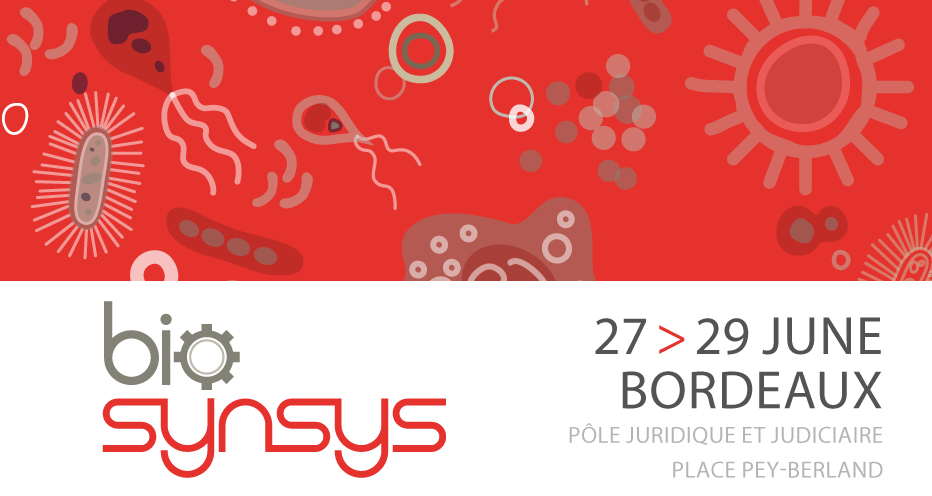Marine microalgae are the primary producers of Very Long–Chain Polyunsaturated Fatty Acids (VLC-PUFAs) such as eicosapentaenoic acid (EPA) and docosahexaenoic acid (DHA) which are transferred through the food web to consumers such as fishes. VLC-PUFAs are essential for animal reproduction, development and are provided to human in the form of ‘fish-oils'. Depletion of marine natural resources and increasing fish farming exert a pressing need to find a sustainable source of VLC-PUFAs. No single algal strain accumulates both EPA and DHA in triacylglycerols (oils). Synthetic biology and/or metabolic engineering are therefore required to create a new resource of highly unsaturated-oils. Heterologous reconstitution of LC-PUFA biosynthesis requires increasing our knowledge of LC-PUFA pathways in microalgae in order to conduct a rational iterative approach to overcome metabolic bottlenecks.
Ostreococcus tauri is the only model system for marine green microalgae currently available. This pico-eukaryote displays unique features of compactness at the cellular and genomic level and produces DHA. High quality sequencing data and availability of a complete genomic tool-box make this organism an ideal model to study VLC-PUFA biosynthetic pathways. We conducted the complete characterization of the Ostreococcus glycerolipidome and implemented physiological scenarii to help the identification of key enzymes for LC-PUFA and TAG biosynthesis. Our results unveiled unique PUFAs hallmarks in structural lipids, high-light biosynthetic pathways used for structural glycerolipids and indicated that Ostreococcus produces high amount of unsaturated TAG under Nitrogen starvation. This work represents a strong basis for further characterization of Ostreococcus FA-desaturases in homologous and heterologous systems.

 PDF version
PDF version
